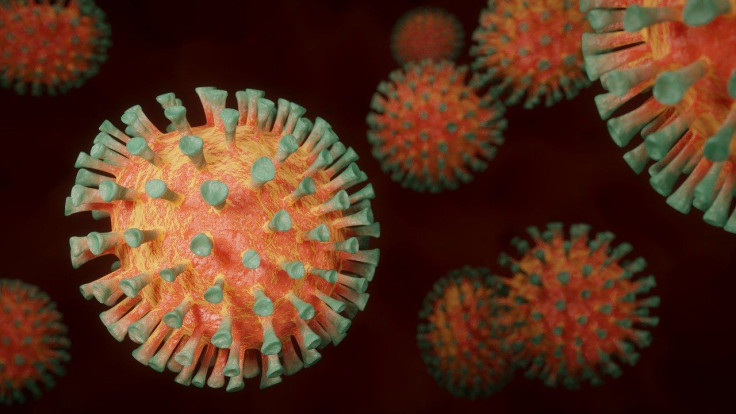Researchers Identify An Infectious Mutation Of COVID-19
Mutations of RNA viruses are part of natural growth and development. WHO chief scientist Soumya Swaminathan confirmed on the sidelines of a news conference in Geneva that from the 60,000 samples of SARS-CoV-2 gathered by the World Health Organisation (WHO), about 30 percent appear to have mutated.
The D614G genetic mutation circulated across Europe and the U.S. is speculated to have caused the increase in infection rates in some regions, while other areas had similar density but no rise in cases. It is considered the dominant strain around the world today. However, some experts attribute the outbreak of the mutation to chance alone. In laboratory experiments, the mutation was seen on the spike protein that binds to ACE2 receptors and replicates in cells.
“Viruses with this mutation were much more infectious than those without the mutation in the cell culture system we used. The number—or density—of functional spikes on the virus is 4 or 5 times greater due to this mutation,” senior author of the study by Scripps Research Institute in Florida and virologist Hyeryun Choe, PhD, said. The preliminary research was published in bioRxiv on June 12, 2020.
Another such study looked at genome samples published by the Global Initiative for Sharing All Influenza Data (GISAID), an international database for sharing genetic sequences of the virus causing COVID-19 infection that has thousands of coronavirus samples. The study led by Dr Bette Korber, from the Los Alamos National Laboratory in New Mexico, was published after peer-reviewing in the journal Cell on July 2.
"Data provided by our team in Sheffield suggested that the new strain was associated with higher viral loads in the upper respiratory tract of patients with Covid-19, meaning the virus's ability to infect people could be increased. Fortunately at this stage, it does not seem that viruses with D614G cause more severe disease," study co-author Dr Thushan de Silva, senior Clinical Lecturer of Infectious Diseases at the University of Sheffield, said.
Similar to the findings by Scripps Research Institute, they found that a tiny change was made to the spike glycoprotein of the new coronavirus. “The consistency of this pattern was highly statistically significant, suggesting that the D614G variant may have a fitness advantage,” the authors explained.
“We found no significant association between D614G status and disease severity as measured by hospitalization outcomes,” the researchers said. However, experts maintain the mutation still resembles the original virus that was first identified in China. Any potential vaccine could be used against the mutations of SARS-CoV-2 as they are unlikely to turn dangerous because RNA viruses are more likely to turn weaker instead.
“The virus is still so similar now to the initial sequence that there isn’t really much reason to think the differences will matter in terms of vaccine,” Dr. Benjamin Neuman, the head of the biology department at Texas A&M University-Texarkana said.




























